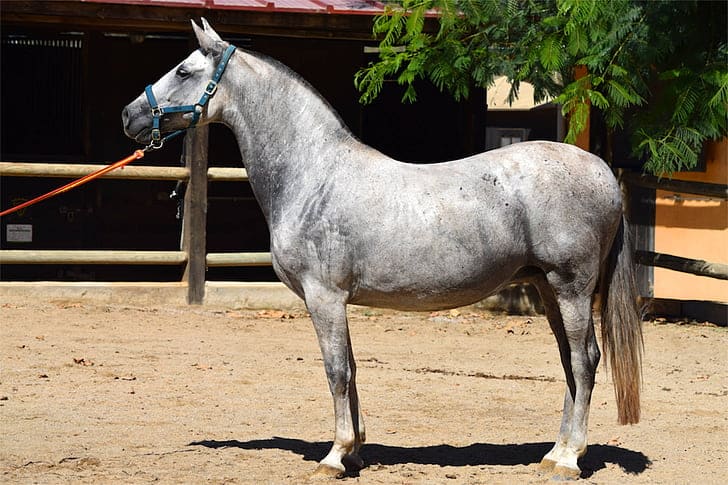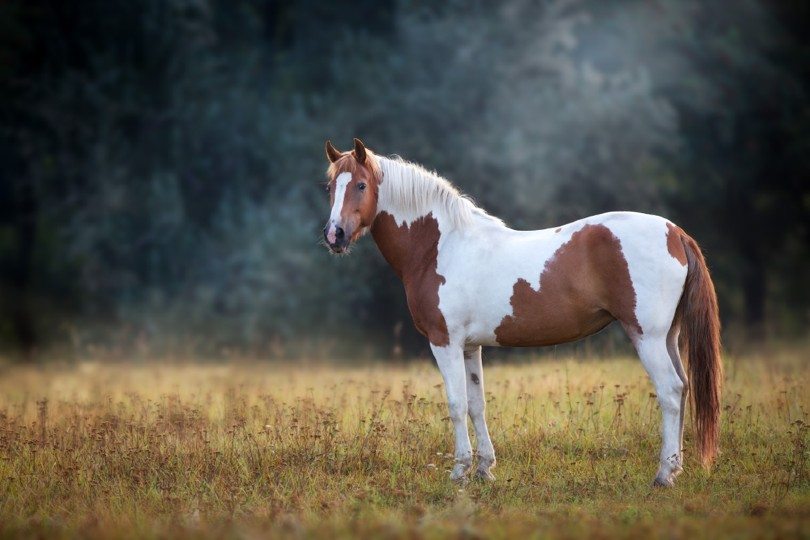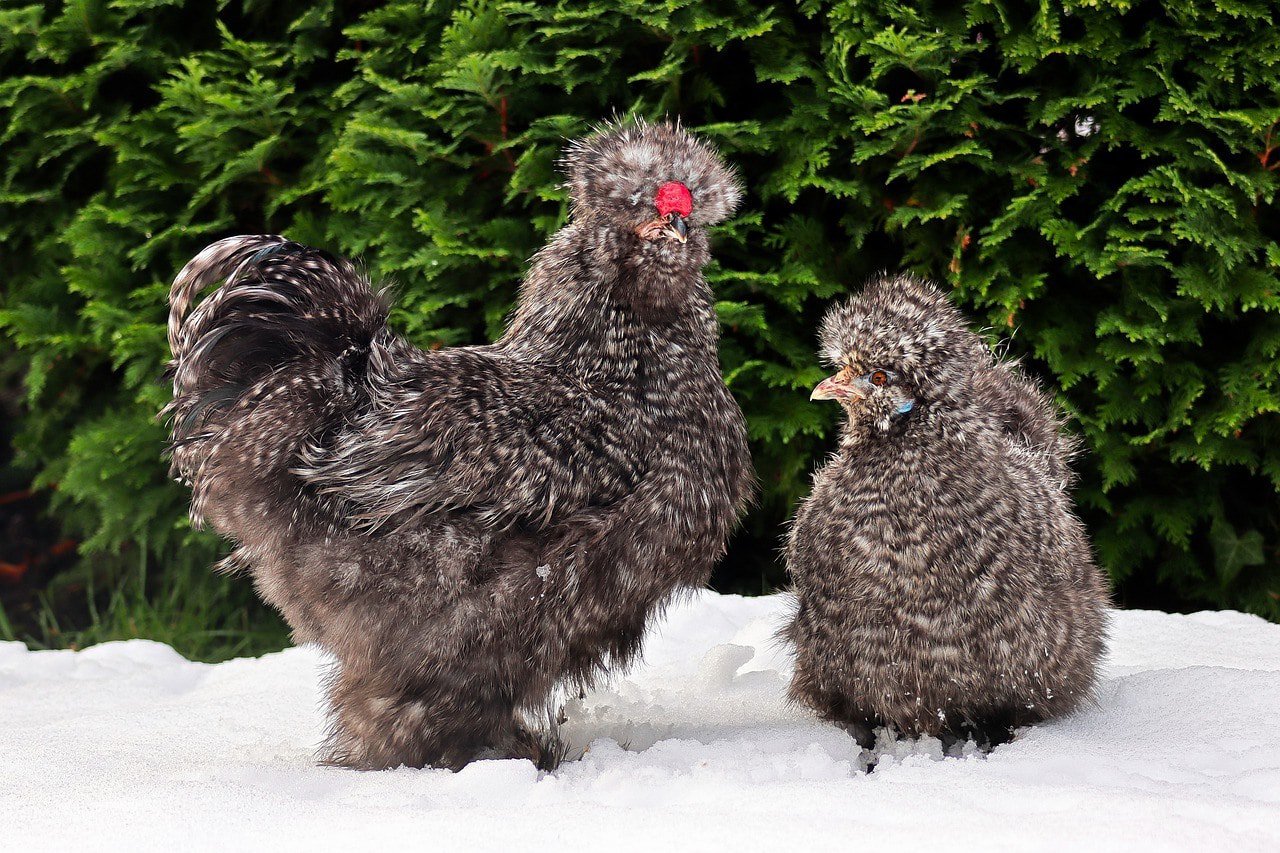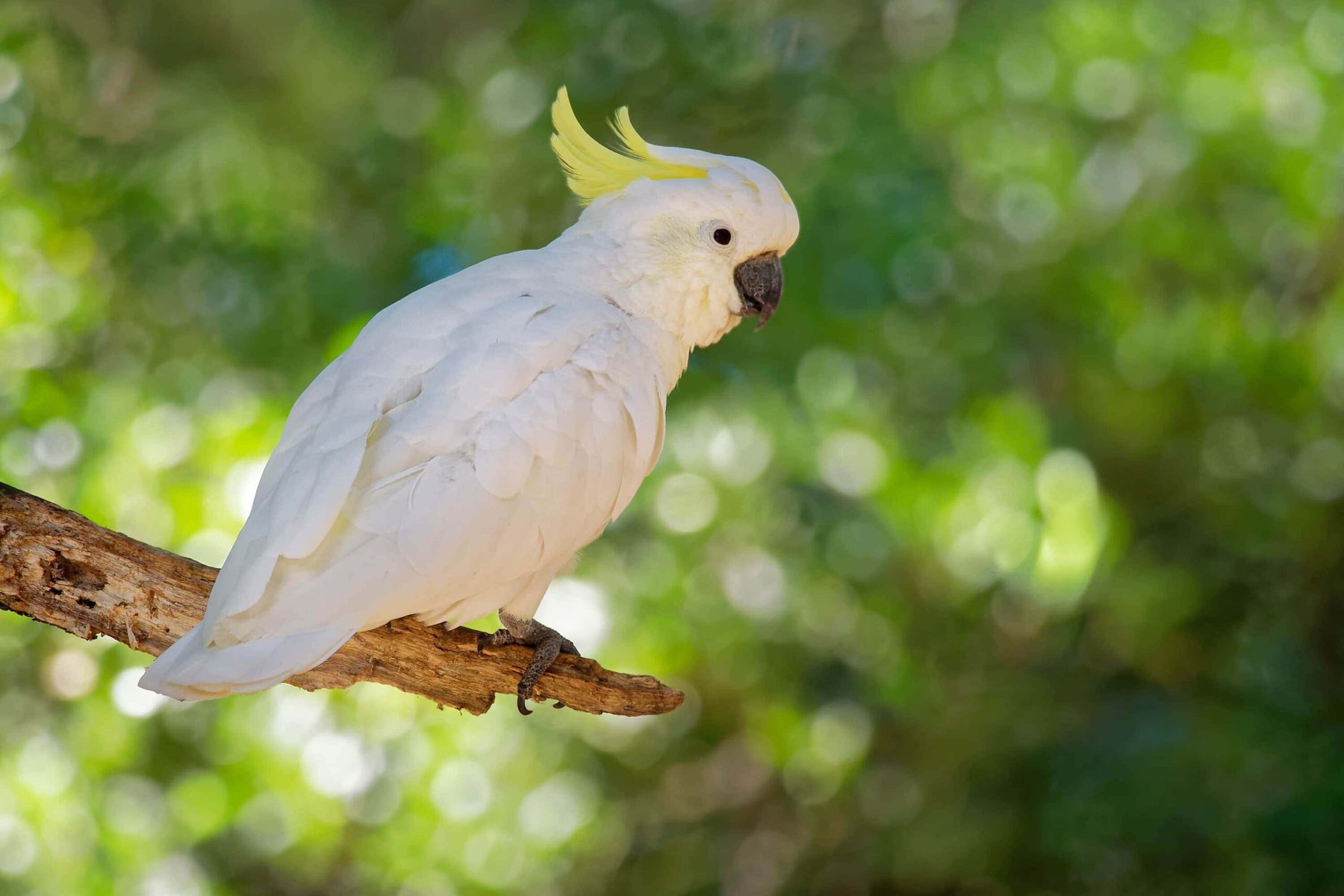With an ancestry dating back as far as 20,000 BC, the Andalusian is one of the oldest breed of horse!
The Andalusian is a Spanish horse. It is also called the Pure Spanish Horse, Purebred Spanish Horse, or Pura Raza Espanol (PRE) as it is referred to by Spanish breeders. It’s ancestors include the primitive Sorraia horse, which around 900 B.C., was mixed with horses from Northern Africa. The Sorraia, perhaps the oldest breed of horse, is depicted in early cave paintings found on the Iberian Peninsula.
The Andalusian is Known for its courageous spirit and magnificent paces. They are used as sport horses in jumping and eventing as well as bull fighting and cattle work in their native Spain. It is a spectacular horse for dressage and Haute Ecole; high level dressage movements where they leap off the ground. These High School jumps are popularly known as the ‘airs above the ground’.
Scientific Classification
| Kingdom: | Animalia |
| Phylum: | Chordata |
| Class: | Mammalia |
| Order: | Perissodactyla |
| Family: | Equidae |
| Genus: | Equus |
| Species: | caballus |
Horse Breeds
The Andalusian or Spanish Horse is a light horse breed. Light horse breeds generally weigh under 1,500 pounds. They are typically used as riding horses for leisure and trail riding. Being agile and swift, many are also used on the racetrack, in the show ring, and for work on the ranch.
Light horses are grouped in a couple of different ways, one being the continent or country where they originated from. They are also grouped according to training, classified as either a stock type, hunter type, saddle type, or ‘other’. A body type is generally attributed to each class, with the ‘other’ classification being a bit of an odd ball. It includes those that are color breeds or those that may fit a body type of one of the training classes, but not be used for that type of training. The ‘other’ types can also include those that may fit into more than one of the type groups.
The horse class the Andalusian fits into is the ‘other’ type class.
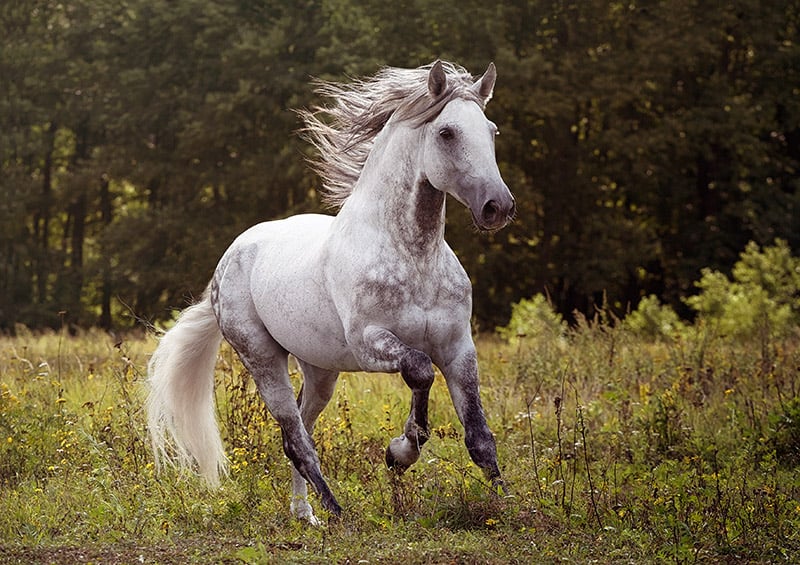
Horse Backgrounds
The Andalusian or Spanish horse traces its ancestry back to the primitive Sorraia horse found on the Iberian Peninsula as far back as 20,000 BC, as there are cave paintings of horses dated to this time period. Phoenician traders and Celts brought horses from Northern Africa to the Iberian Peninsula around 900 BC, which mixed with the Sorriaia horse.
Spanish horses were used as cavalry mounts by Ancient Greeks and Romans, and from this period onward, there are many references to these horses by historians. The celebrated Greek cavalry officer Xenophon, who is credited with beginning the sport of dressage. He praised the Iberian horses and described their equestrian war techniques that were influential in the victory of Sparta over Athens in the Peloponnesian wars.
These horses were trained to perform quick charges, with a quick stop, pirouette, and a quick retreat, which demanded incredible agility. The Moorish invasion of Spain in the 6th Century caused the introduction of the Barb horse from North Africa. This greatly influenced the modern Andalusian, most notably its facial structure.
In the Renaissance, Classical Riding Academies took an interest in the breed and these horses began to be used for High Dressage. They performed in the royal courts and began to be bred all over Europe. They led to the development of many other breeds, such as the Lusitano, the Lipizzaner, and many modern warmblood breeds.
The center for breeding of these horses remains in Cordoba and Seville, where they are bred for dressage and Haute Ecole, which are high level dressage movements in which the horse leaps off the ground.
Description
The Andalusian is a compact and muscular horse known for its showy walk, high-stepping trot, and beautiful rocking canter. It has a distinctive head with a convex profile, which it owes to its Barb ancestry, and a thick, arched neck. Its strong hindquarters with a high degree of articulation allows for the advanced movements of Haute Ecole.
The average height of the Andalusian is 15.2 hands high. Eighty percent of the Andalusians have grey coats. Its most distinctive feature is its long, wavy mane and tail.
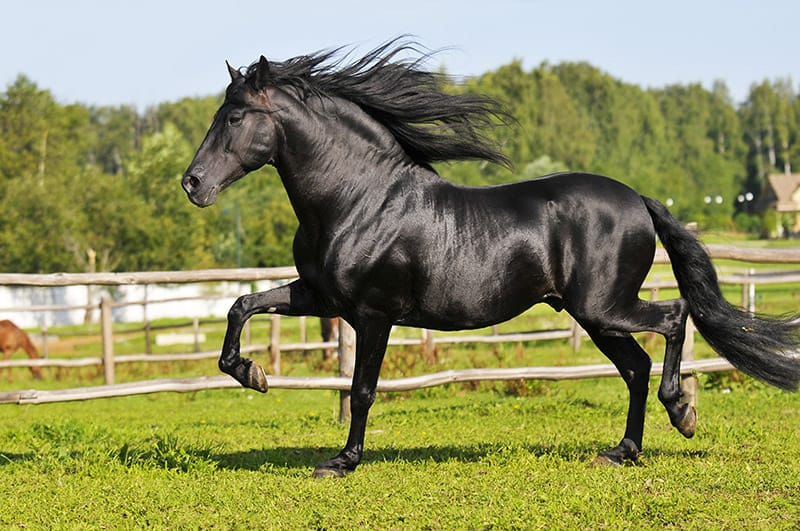
Horse Care and Feeding
The Andalusian tends to be an ‘easy keeper’. This means that they tend to stay at a good weight on fairly low feed. Because of this they can be more prone to laminitis if they are overfed.
The Andalusian has a beautiful, thick mane and tail which requires regular trimming and pulling to remain healthy. To keep the tail long and thick, cut the tail straight across at the bottom, ideally at the height of the fetlocks..
Horse Training and Activities
Andalusians are beautiful dressage horses due to their strength and active gaits. Their enormously strong hindquarters allow them to be able to perform the Haute Ecole movements popularly known as ‘airs above the ground’. They are one of the few breeds, along with the Lusitano and Lipizzaner breeds, that are trained in these High Dressage movements.
They are also used as sport horses for show jumping and eventing. But, usually these horses have been crossed with Thoroughbreds to increase their jumping ability. They are also still used for bull fighting and cattle work in their native Spain.
Common Health Problems
The Andalusian tends to be prone to laminitis if they are overfed.
Since many Andalusians are grey, their lighter skin is more prone to melanomas. Just keep an eye out for bumps on your horse, especially around the muzzle and the tail. Since the hoof and pastern angle is larger in Andalusians than in other breeds, it is important for the farrier to have experience with that so he can trim the hooves to prevent quarter cracks and closed heels.
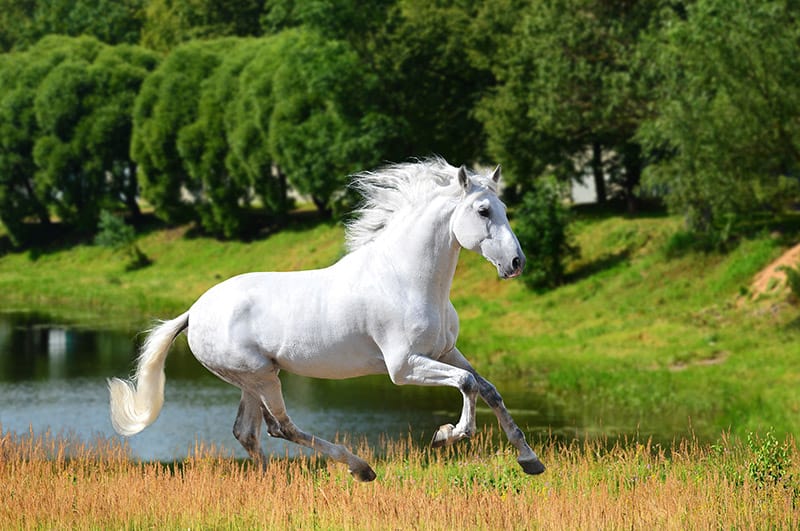
Availability
The Andalusian, the Pure Spanish Horses, are available throughout Europe, North and South America, and Australia. They tend to be fairly expensive.
- Maria Costantino, The Handbook of Horse Breeds, Barns and Noble, 2004
- International Andalusian Lusitano Horse Association, Referenced 2008
- “Andalusian horse“, Wikipedia, Referenced 2008 Author: Sandra Lloyd
Featured Image Credit: PickPik
